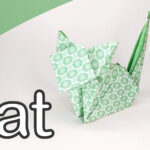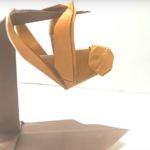This cute cat is a little more challenging. Unfortunately I don’t know who designed it, but I really like it. I planed to make an instructional origami video of this cat for years. It took the mess of 2020 to finaly get around it. Hope you enjoy.
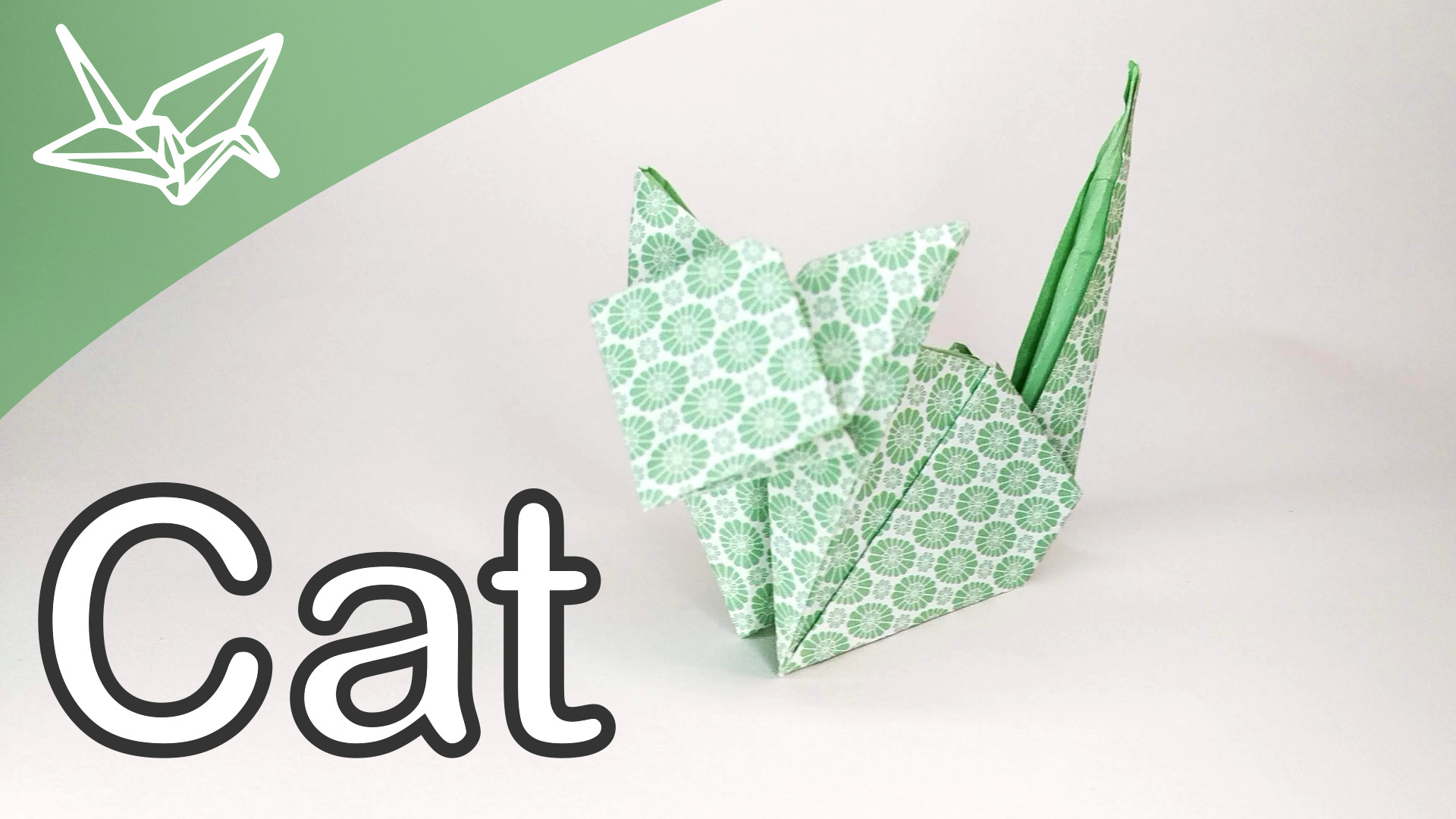
Tavins' Origami Instructions

This cute cat is a little more challenging. Unfortunately I don’t know who designed it, but I really like it. I planed to make an instructional origami video of this cat for years. It took the mess of 2020 to finaly get around it. Hope you enjoy.

The waterbomb, sometimes also called origami cube, or water baloon is a traditional origami model. Since it uses just a sqaure sheet of paper and no cuts this a great origami for kids. There is no need for special paper, you can use copy paper, notepads, all kinds of paper that hold a crease work great with this classic model.

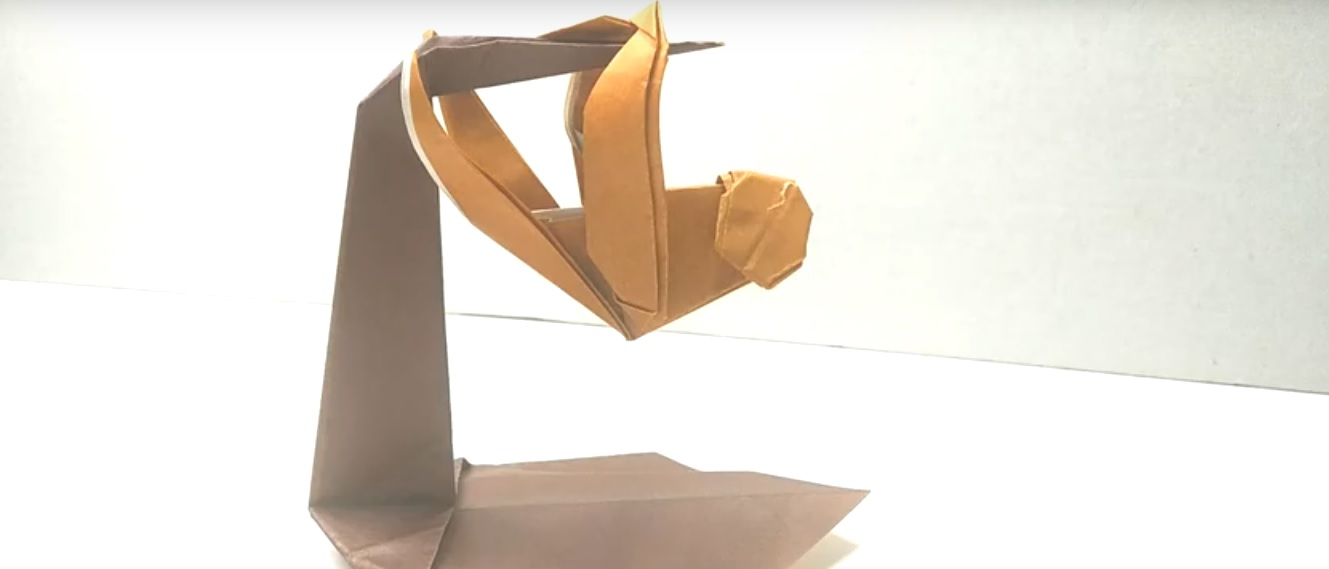
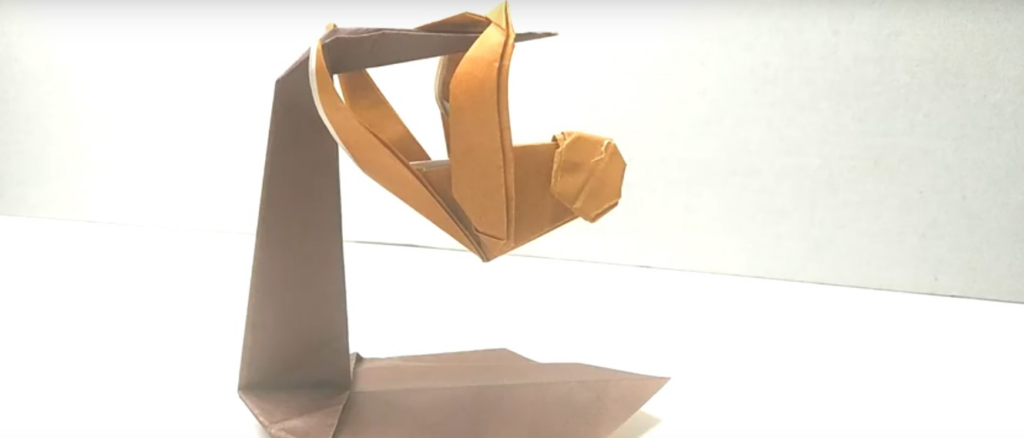
The origami sloth by Anita Boubour is based on the frog based and takes a little longer to fold. A patiente Beginner can probably fold it, but I recommend a little folding experice in advance before trying this fold.
| Design Anita Boubour |
| Material quadratic sheet |
| Difficulty low intermediate |
| Time to fold about 15 minutes |
The origami fish an easy traditional model that also kids can learn to fold.
| Design traditional |
| Material quadratic sheet |
| Difficulty easy |
| Time to fold about 5 minutes |
I wrote a paper on why Origami became popular in Germany and the United States in the 1980. This paper was part of my studies of sociology, I hope fellow folders find my argument compelling.
My Idea was that the succes of Origami in the west is linked to Japans economic boom, not due to developments of origami itself.
The first chapter describes the development of paper-folding as a craft itself and the history of its adoption in Germany and the U.S. This is followed by a section that applies the theory of the diffusion of innovation to the popularisation of origami. The next chapter uses this theory to argue for a sociological explanation for the timing of the popularisation of origami. The subsequent conclusion summarises the argument. Finally a small amount of figures that were used in the main-chapter is reproduced, to be followed by a list of references.
The Origami Kabuto is an easy model everyone can learn to fold.
| Design traditional |
| Material quadratic sheet |
| Difficulty easy |
| Time to fold about 4 minutes |
follow the easy Video instructions to make your own Origami Goat with just one sheet of paper. No cuts, no glue needed!
the Origami Goat has been designed by Peterpaul Forcher. It’s difficulty is low intermediate. It makes a good challenge for people that already fold models like the Origami Crane with ease. Any kind of origami paper can be user to fold this Goat. You need to divide the sheet into thirds, so either you need tools like a ruler, or have a similar way of doing division in the paper. In the tutorial video, one “pure origami Way” to do this is demonstrated.
Peterpaul Forcher worked as a Teacher of Mathematics in Lienz, Austria. He was an early and active Member of the German Origami association „Origami Deutschland e.V.“ . His Origami Models almost always have a clear geometric construction. His later work, which consisted of collages, gained him recognition as a serious artist. Many exhibitions followed. The “masters of origami” exhibition in Salzburg, Austria being the biggest. Most of his models remain undocumented or unpublished, a small collection of diagrams can be found at the homepage of Carmen Sprung He died on the 28th of May in 2006 aged almost 60 years.
A tutorial in which I show you how to make a balloon dog.
The dog is the most famous balloon animal and very suitable for beginners. I the video I used qualatex 260 baloons.
The Origami Budgie is an easy model everyone can learn to fold.
| Design traditional |
| Material quadratic sheet |
| Difficulty easy |
| Time to fold about 5 minutes |
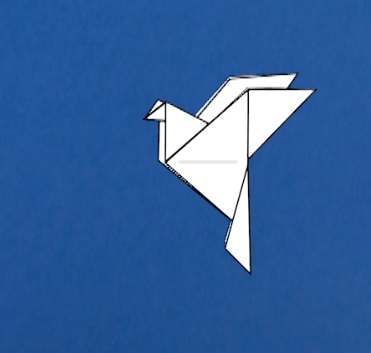
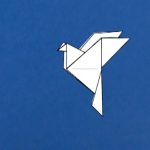
| Design Alice Gray |
| Material one sheet of paper |
| Difficulty easy |
| Time about 3 minutes |
